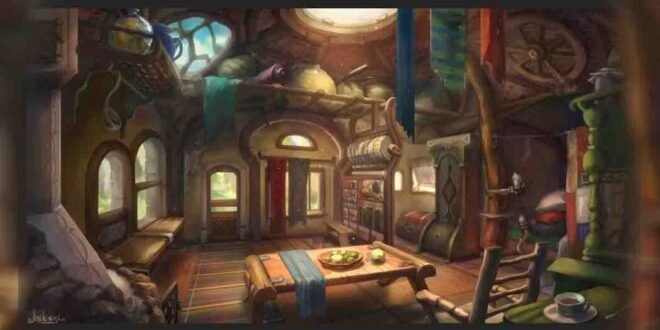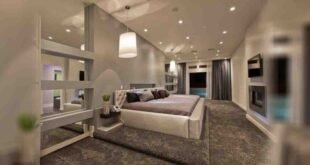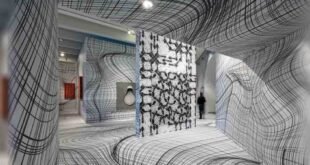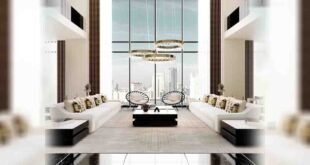Initial Vision and Inspiration:
The inception of any successful interior design project begins with a clear and vivid vision. This vision serves as the guiding light throughout the process, steering decisions and choices made along the way. Inspiration, often drawn from various sources such as nature, art, or personal experiences, is the catalyst that sparks this initial vision.
Understanding Client Needs:
Client collaboration is a cornerstone in transforming the vision into a tangible reality. This phase involves active listening, empathetic understanding, and effective communication to grasp the intricacies of the client’s desires. Deciphering their preferences, whether minimalist, contemporary, or eclectic, becomes paramount.
Creating a Conceptual Blueprint:
Translating ideas into a coherent design plan involves a meticulous process. It begins with sketching initial concepts, exploring layout options, and considering spatial dynamics. The blueprint acts as the roadmap, incorporating elements that align with the aesthetic vision and ensure functionality and practicality.
Materials and Elements Selection:
The selection of materials and elements is pivotal in realizing the envisioned design. Exploring diverse options—from fabrics to finishes to furniture—requires a deep understanding of their qualities, sustainability factors, and how they complement the overall design theme.
The Role of Technology in Interior Design:
Technological advancements have revolutionized the interior design landscape. Tools like Computer-Aided Design (CAD) software and Virtual Reality (VR) platforms enable designers to create intricate visualizations, allowing clients to experience the proposed design virtually. These technologies enhance precision, accuracy, and client engagement in unprecedented ways.
Collaboration and Communication:
Seamless collaboration among designers, architects, contractors, and clients is imperative for successful execution. Effective communication bridges the gap between ideas and implementation, ensuring everyone involved is aligned with the project’s vision and goals.
Budgeting and Resource Management:
Balancing the budget while striving for design excellence requires astute resource management. Designers must navigate cost-effective solutions without compromising quality, often exploring alternatives or innovative methods to optimize resources.
Execution and Implementation:
This phase transitions the conceptual design into a tangible reality. Challenges may arise during construction, demanding swift problem-solving and adaptability without deviating from the original design intent. Maintaining synergy among various stakeholders becomes crucial during this phase.
Adaptability and Flexibility:
Flexibility emerges as a critical attribute when unforeseen challenges surface. Designers must remain adaptable, making necessary adjustments while keeping the essence of the original design intact. This ability to pivot ensures the project stays on track despite unexpected hurdles.
Evaluation and Refinement:
Post-implementation evaluation and client feedback serve as invaluable tools for refinement. Analyzing the success and shortcomings of the executed design helps iterate and improve future projects. This iterative process ensures continuous growth and enhancement of design strategies.
Achieving the Perfect Balance:
The ultimate goal in interior design is finding an equilibrium between creativity, functionality, and client satisfaction. Achieving this balance not only culminates in a visually stunning space but also in a space that serves its intended purpose seamlessly while resonating with the client’s sensibilities.
Celebrating Success and Lessons Learned:
The final chapter includes reflecting on the completed project, celebrating milestones, and acknowledging lessons learned. Recognizing achievements and gathering insights from challenges enriches the designer’s repertoire, paving the way for further innovation and success in future endeavors.

Frequently Asked Questions (FAQs)
1. What factors should I consider when starting an interior design project?
- Understanding your needs and preferences.
- Budget constraints and timeline.
- Identifying design styles and themes that resonate with you.
2. How important is client collaboration in interior design?
- Client collaboration is crucial, ensuring the design reflects their vision and preferences.
- It helps with effective communication and a deeper understanding of client needs.
3. How do I balance functionality and aesthetics in interior design?
- Prioritize functionality without compromising on visual appeal.
- Select furniture and elements that serve a purpose while enhancing the overall design.
4. What role does technology play in modern interior design?
- Technology aids in visualizing designs through CAD and VR, improving accuracy and client engagement.
- It streamlines the design process, allowing for more efficient communication and collaboration.
5. How do I manage a tight budget while aiming for high-quality design?
- Explore cost-effective alternatives without compromising on quality.
- Prioritize essential elements and allocate resources accordingly.
6. What are the key challenges faced during the implementation phase?
- Unforeseen construction issues require quick resolution.
- Ensuring design integrity is maintained despite on-site challenges.
7. How do you handle unexpected design changes during the project?
- Remain adaptable and flexible to make the necessary adjustments.
- Ensure these changes align with the original design intent and the client’s vision.
8. What are the benefits of post-implementation evaluation?
- It provides insights into the project’s success and areas for improvement.
- Helps in refining future design strategies based on client feedback and experiences.
9. How can I ensure the perfect balance between creativity and functionality?
- Strive for a design that is visually appealing while serving its intended purpose.
- Constant communication and collaboration with clients and stakeholders to align expectations.
10. What should I do to celebrate the successful completion of an interior design project?
- Reflect on milestones achieved throughout the project.
- Acknowledge and appreciate the team’s and clients’ efforts in making the project successful.
 Nt Design
Nt Design



